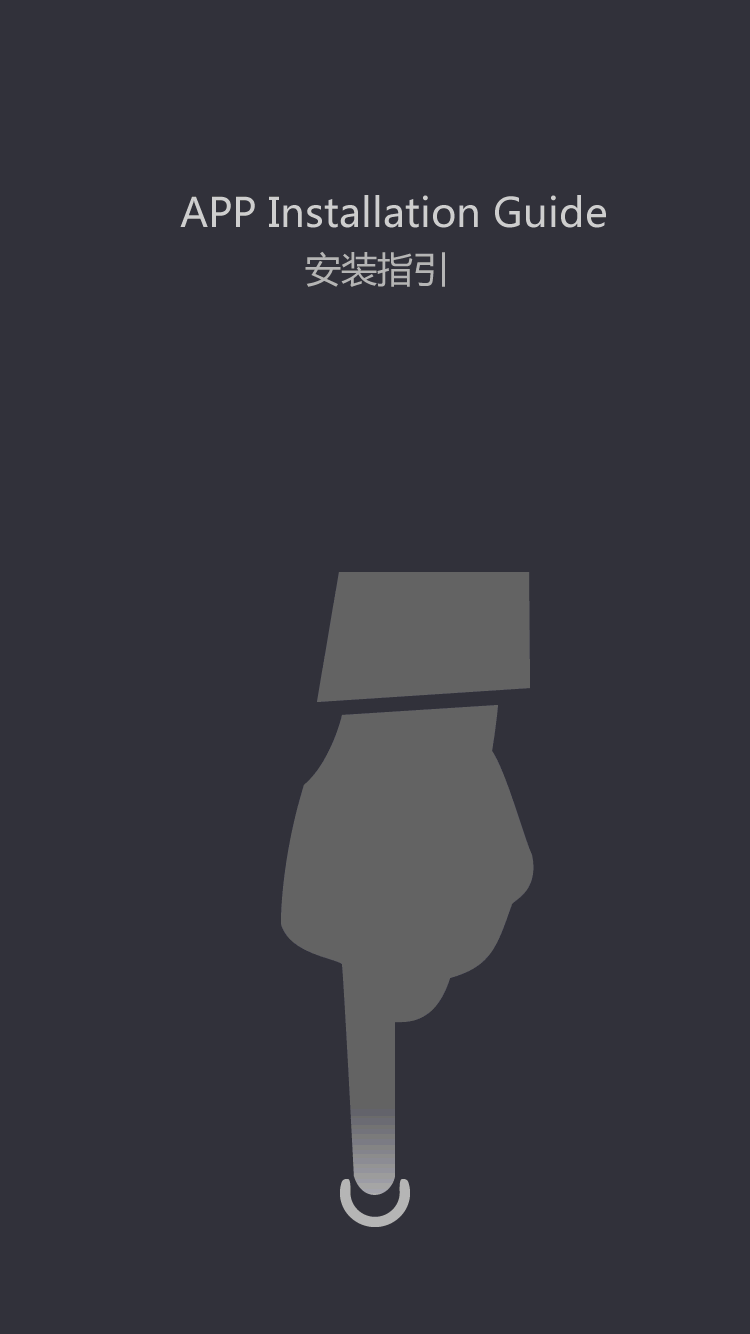EV battery
How to test the performance of lithium iron battery separator
by:Vglory
2021-05-10
How to test the performance of iron-lithium battery diaphragm 1. The thickness of the diaphragm. The detection thickness of the iron-lithium battery diaphragm is one of the most basic characteristics of the iron-lithium battery diaphragm. The required thickness average is the same as that of all film processing companies. The appearance quality and internal performance of diaphragm rolls are therefore one of the quality indicators that need to be strictly controlled during processing. The average of the thickness of the diaphragm includes the average of the longitudinal thickness and the average of the lateral thickness, but in comparison, the average of the lateral thickness is more important, and generally must be controlled within 1um. It should be noted that due to the soft material of the iron-lithium battery separator, the pressure of the measurement should be reduced as much as possible during the measurement. 2. Diaphragm air permeability The detection air permeability is an indicator that reflects the permeability of the diaphragm. It can be characterized by the amount of gas through the diaphragm under a time and pressure, so as to reflect the patency of lithium ions through the diaphragm. The permeability of the diaphragm is the result of the comprehensive factors affecting the internal pore structure of the diaphragm, such as the porosity, pore size, pore shape, and pore tortuosity of the diaphragm. At present, domestic diaphragm manufacturers basically use air permeability and porosity indicators to measure the air permeability of the diaphragm. Air permeability refers to the time required for a specific air to pass through a diaphragm with an area of u200bu200b1 square inch under a certain pressure condition, expressed by Gurley value. . 3. Detection of the tensile strength of the diaphragm The tensile strength of the diaphragm of the iron-lithium battery is related to the film-making process. Therefore, real-time monitoring of its tensile strength is beneficial to improve the overall performance of the lithium battery diaphragm. There are uniaxial stretching and biaxial stretching in the general industry. Uniaxial stretching is used, and the strength of the film in the stretching direction is different from the vertical direction; while biaxial stretching is used, the consistency of the diaphragm in the two directions is similar. Generally, the tensile strength means that the longitudinal strength should reach more than 100MP, and the transverse strength should not be too large. If it is too large, the transverse shrinkage rate will increase, and this shrinkage will increase the probability of contact between the positive and negative electrodes of the lithium battery. 4. Diaphragm puncture strength detection The puncture resistance of the lithium battery diaphragm refers to the mass of the sample applied to a given needle to pierce the diaphragm, and it is mainly used to indicate the tendency of the diaphragm to short-circuit during the assembly process. Since the separator is sandwiched between the uneven positive and negative plates, it has to withstand a lot of pressure. Therefore, in order to guard against short circuits, the diaphragm must have a certain puncture resistance. Under normal circumstances, the puncture resistance value is generally 300500g. 5. Thermal shrinkage rate The thermal shrinkage rate of the iron-lithium battery separator separator refers to the dimensional change rate of the separator before and after heating. We all know that once the lateral stretch of the separator increases, it will inevitably lead to an increase in the thermal shrinkage of the separator, which will virtually increase the probability of contact between the positive and negative electrodes of the lithium battery. And this phenomenon is exactly what manufacturers try to avoid during processing, and it will be of vital significance to the overall performance of lithium batteries. Disclaimer: Some pictures and content of articles published on this site are from the Internet, if there is any infringement, please contact to delete.
Custom message









![[Industry Solution] How does outdoor backup power supply cope with extreme climate? Practical analysis of lithium solar cells](https://img80003422.weyesimg.com/uploads/vglorylibattery.com/images/17502322689034.jpg?imageView2/2/w/1920/q/70/format/webp)






